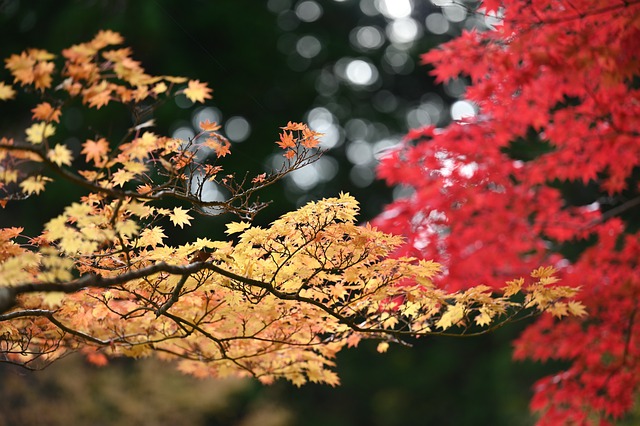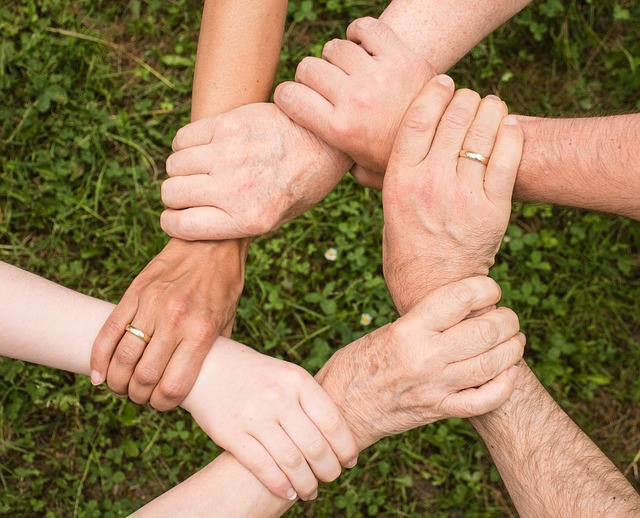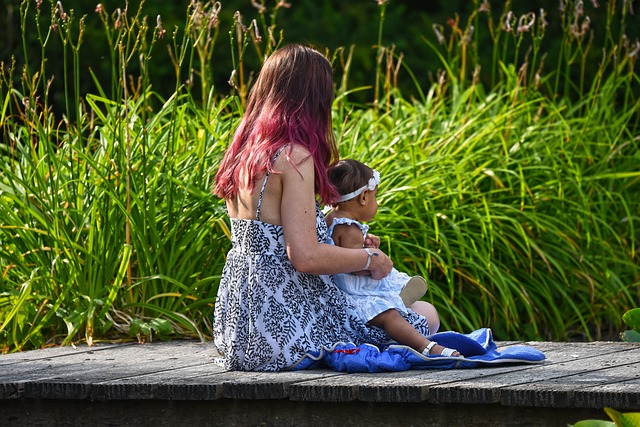We have all experienced being “knocked off centre” and becoming “ungrounded” in the challenging times of the past year (2020). Now, as we look forward to the new year (2021), it might be helpful to restore our groundedness and reset our intentions. Diana Winston of MARC UCLA offers a meditation podcast to enable us to achieve these goals. Her guided meditation, Getting Grounded and Setting Intentions, offers a timely process.
Guided meditation for groundedness
Diana suggests that you begin by taking a couple of deep breaths and as you are exhaling to release the tension and anxiety that you have experienced in being able to arrive at this point. She then focuses heavily on posture as a means to achieve groundedness. You are encouraged to have your feet flat on the floor; to adopt an upright, relaxed position for your back; to find a comfortable position for your hands; and to either close your eyes or look downwards to reduce distractions.
To begin with, the primary focus is on your feet. By focusing on your feet, you can feel the bodily sensations of being supported. You might feel the firmness of the floor beneath the softness of the carpet or the hardness of floor tiles. Diana encourages you too to envisage beyond the floor to the walls supporting the floor and the ground that is always there, in turn, supporting the walls themselves. As you focus on the sensations in your feet, you may feel a sense of support, strength, and earthly energy. You might feel as though your feet are becoming thicker and drawing in warmth and energy – a sense that your support base is expanding.
Diana also offers other choices that can supplement or replace the focus on sensations in your feet (as an anchor to return to when distractions inevitably intervene):
- Breath – you can focus in on your breath in its natural state without any attempt to control it. You pay attention to wherever you can sense your breathing and become conscious of the rise and fall of your abdomen or chest or, alternatively, the sensation of air passing in and out of your nose.
- Room tone/sounds – here you pay attention to sounds in the room firstly and then to external sounds. This requires you to avoid interpreting the sounds or identifying their origins or your assessment of them as good or bad. For some people, opening up their attention to sounds can itself be a distraction and may make it very difficult for them to sustain their focus.
- Hands – you can join your fingers together and pay attention to the sensations from the connection. You may feel warmth, tingling, softness or firmness. If you persist with this focus, you might experience soreness that is present in your wrist or arm – you can be open to this sensation and focus on self-healing.
Diana has an extended session of silence in this meditation to enable you to really focus in on bodily sensations and the feeling of support that is readily available to you at any time – the more you practise this meditation by setting time aside, the easier it will be to access the sense of support in times when you are feeling really challenged by restrictions, loss, isolation, or disconnection.
Setting intentions
Diana further invites you to revisit the past year and all the challenges that it involved – What did you feel? What did you lose? What was most challenging for you? She suggests applying a “light touch” to these reflections, not getting lost in the challenging emotions involved.
She then suggests that you recall what inspired you during these challenging times – the selflessness of frontline health professionals caring for COVID-19 patients in ICU and elsewhere, the generosity of individuals, the sense of reconnection with loved ones (even though it might have been virtually), the dedication of emergency personnel (ambulance, police, border officers, paramedics) and the resilience of people who experienced grief and trauma and yet continued to assist others.
In the light of these latter inspiring and energizing reflections, Diana encourages you to revisit your New Year’s resolutions or to set new resolutions. She particularly encourages you to draw on the lessons you have learned through experiencing the past year and what they signal as a way forward for you. You might envisage a different world where empathy, compassion, kindness, and consideration replace racial discrimination, self-centredness, violence and hatred.
This consideration of what might be could be the catalyst for you to strengthen your intention to make a positive contribution to your family, your community and the world at large. Through your interconnectedness, how you are in the world influences those around you and beyond. It might be that you firm up your intention of providing more emotional and practical support to someone close to you who is experiencing difficulties; it could be becoming more patient with someone at your work who is slow and/or annoying; or resolving to truly listen to people, especially when they are expressing a personal need.
Reflection
We have at our disposal a ready means to feel grounded and deepen our resolve to pursue our best intentions so that they translate into positive actions. This will enable us to make better choices and not indulge in habituated responses that can have negative impacts. As we grow in mindfulness, through meditations focused on becoming grounded and setting our intentions, we can be a positive force in the lives of others, both those who are close and others who are distant. Diana’s meditation podcast is one way to enable us to move from self-absorption to embracing people in need, locally and globally.
You can change the negative tenor of social media around a topic by adopting a positive approach. For instance, the arrival in Melbourne of professional tennis players for the Australian Open has created a real stir. On the one hand, some players have complained that they are locked up in a quarantine hotel room for two weeks because someone on their plane has the COVID-19 virus. Some Australians stuck overseas are expressing bitterness that they are unable to return home because of the global situation while the Australian Open tennis players arrive from all around the world on chartered flights. People living in Melbourne have expressed the view that the players are “spoilt brats” because they themselves have experienced one of the most stringent lockdowns anywhere in the world and for an extended period.
The voice of reason and compassion in all this turmoil was that of Australian Olympic swimmer, Cate Campbell. She suggested publicly that expressing bitterness, envy and resentment is only making a difficult situation worse. She encouraged all Australians to show empathy towards the tennis players and to truly understand what loss they are experiencing by their enforced confinement before one of the world’s major tennis tournaments. As an elite sports person, she knows only too well what deprivation of practice before a very significant event means for other professionals.
_____________________________________
Image by marijana1 from Pixabay
By Ron Passfield – Copyright (Creative Commons license, Attribution–Non Commercial–No Derivatives)
Disclosure: If you purchase a product through this site, I may earn a commission which will help to pay for the site, the associated Meetup group and the resources to support the blog.






